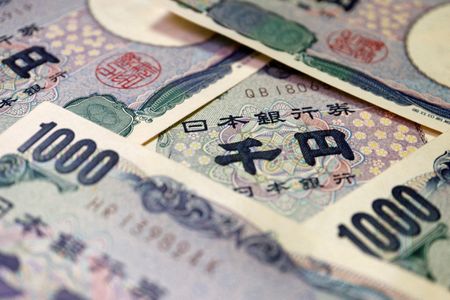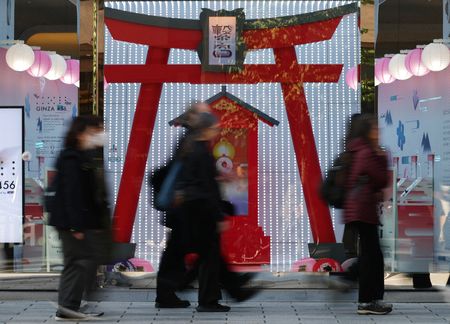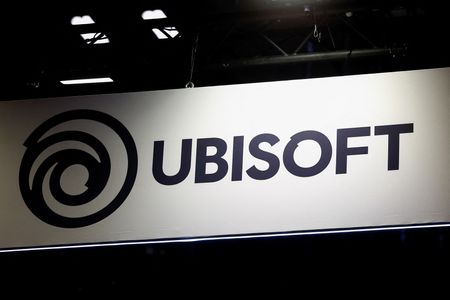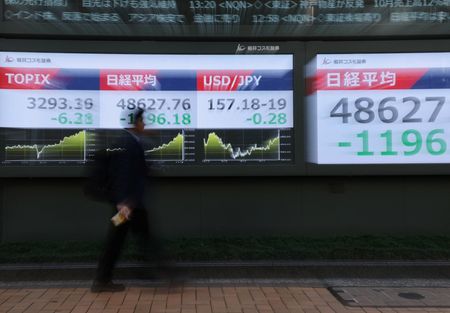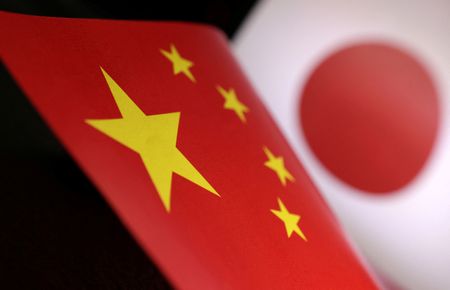By Gregor Stuart Hunter and Rae Wee
SINGAPORE (Reuters) -A stubbornly weak yen has Japan on the cusp of intervening in the currency market for the third time in roughly as many years, but analysts say it’s likely to be ineffective and authorities must tread carefully to avoid triggering a fresh selloff.
Confounding expectations of an upturn this year, the yen is at a 10-month low and has tumbled along with bonds in the seven weeks since Sanae Takaichi took charge of Japan’s ruling party, with proposals to raise government spending. Since the start of this month, stocks have also started to wobble.
Japan’s cabinet approved a 21.3 trillion yen ($135 billion) stimulus package on Friday, while Finance Minister Satsuki Katayama stepped up yen intervention warnings by specifically threatening to step in if moves were disorderly or excessive.
Markets expect a few more verbal warnings before actual yen buying somewhere around the 158-162 per dollar range, according to analysts, sell-side surveys and options pricing.
Previous interventions in 2022, and in April-May and July of 2024 had success in lifting the yen from lows, but replicating that may be harder this time because there are no big bets against the yen to clear out and little sign of policy shifts.
“I think that this intervention might not be as effective…because the yen positions are not heavily built up,” said Bo Zhuang, global macro strategist for Asia at Loomis Sayles in Singapore.
“Initial intervention might actually bring some cover for further buildup in short positions, which means that more investors will continue to sell the yen…after a few hours, the market might turn to the other direction,” he said.
ALL EYES ON 160
At 156.7 per dollar the exchange rate is now near the 38-year trough of 161.96 per dollar that spurred a $40 billion intervention last July and 160 is shaping as a major test.
Based on previous episodes, traders can expect an escalation in authorities’ tone – to threaten “decisive action” – and possibly conduct yen rate checks with banks before any actual yen buying.
“Although there is no pre-set ‘line in the sand’ level for intervention… people clearly remember the intervention level last year, around 157 to 162 yen,” said J.P. Morgan’s chief Japan currency strategist Junya Tanase.
“If there is no intervention as the yen approaches 160 to the dollar, traders may start speculating that the stance on intervention has become weaker…and start selling the yen aggressively in response.”
If no action occurs, it opens the way for yen selling to 165, according to Bank of America Securities strategist Shusuke Yamada.
CURRENCY TOLERANCE TEST
Investors are still getting to know Takaichi and Katayama, since they took office only around a month ago, but so far seem inclined to vote with their portfolios – and sell.
A record-equalling selling streak in long-dated government bonds took 30-year and 40-year yields to all-time highs this week on worries that spending plans will need heavy borrowing, while the yen is on its way to a third consecutive monthly drop.
“A sharp rise in long-end JGB yields has coincided with a foreign-exchange market increasingly willing to test how far Japanese authorities will tolerate yen weakness,” said Shoki Omori, chief desk strategist for rates and FX at Mizuho.
“Options markets reinforce the view that positioning is light and uncommitted; implied volatility remains low, and there has been limited demand for yen-upside protection.”
To be sure, Friday brought some stability to the bond markets and Takaichi said this financial year’s borrowing is expected to be lower than last year.
But for years now downward pressure on the yen has never really gone away, since the gap in interest rates with the U.S. remains large and the Bank of Japan appears inclined to push up interest rates at a slow pace.
The weak yen was a key trigger for BOJ action last year, when the central bank raised interest rates to 0.25% in July in tandem with the government’s yen-buying intervention. While the BOJ has kept rates steady since hiking them to 0.5% in January, governor Kazuo Ueda has dropped strong hints of action in December or January next year.
“What would really help steady the currency is if the BOJ finally delivers a rate hike, potentially as early as December,” said Rong Ren Goh, a portfolio manager in the fixed income team at Eastspring Investments in Singapore.
“Frankly, it feels like the time has come to act.”
($1 = 156.70 yen)
(Writing by Tom Westbrook.Editing by Shri Navaratnam)

